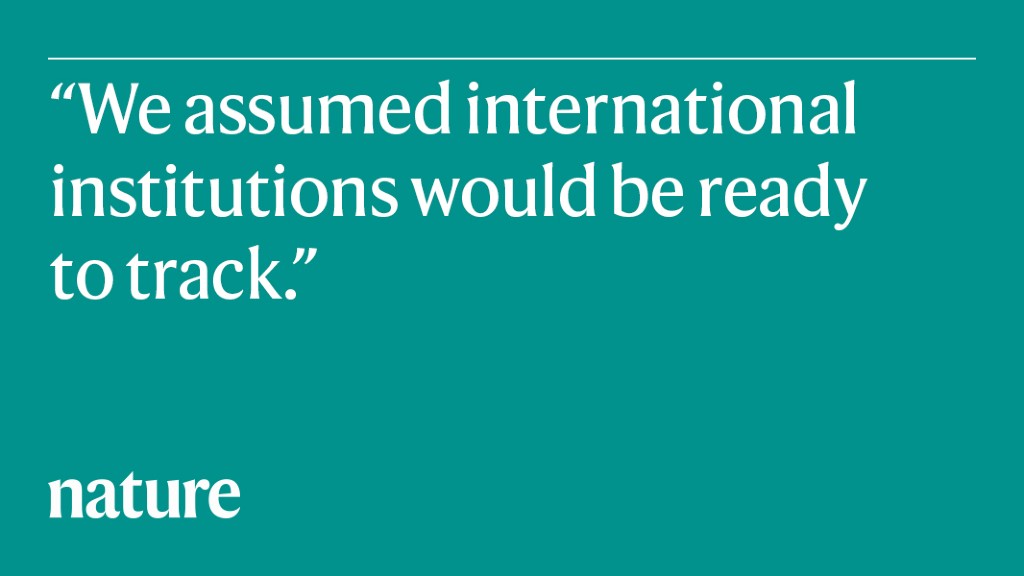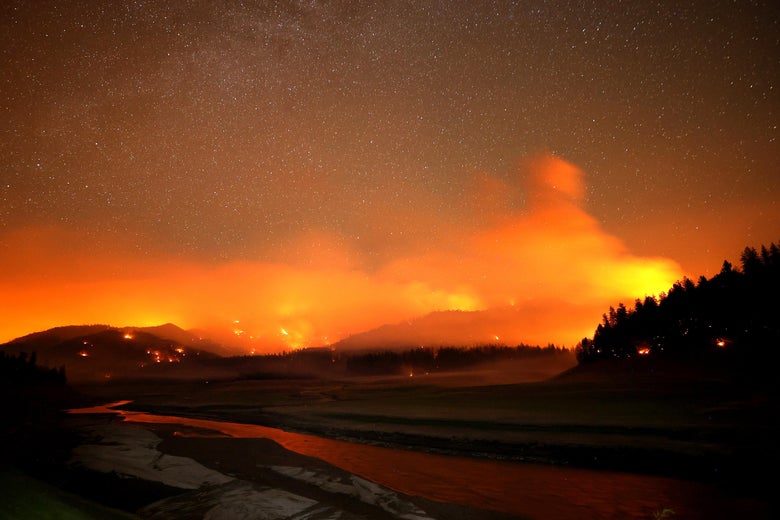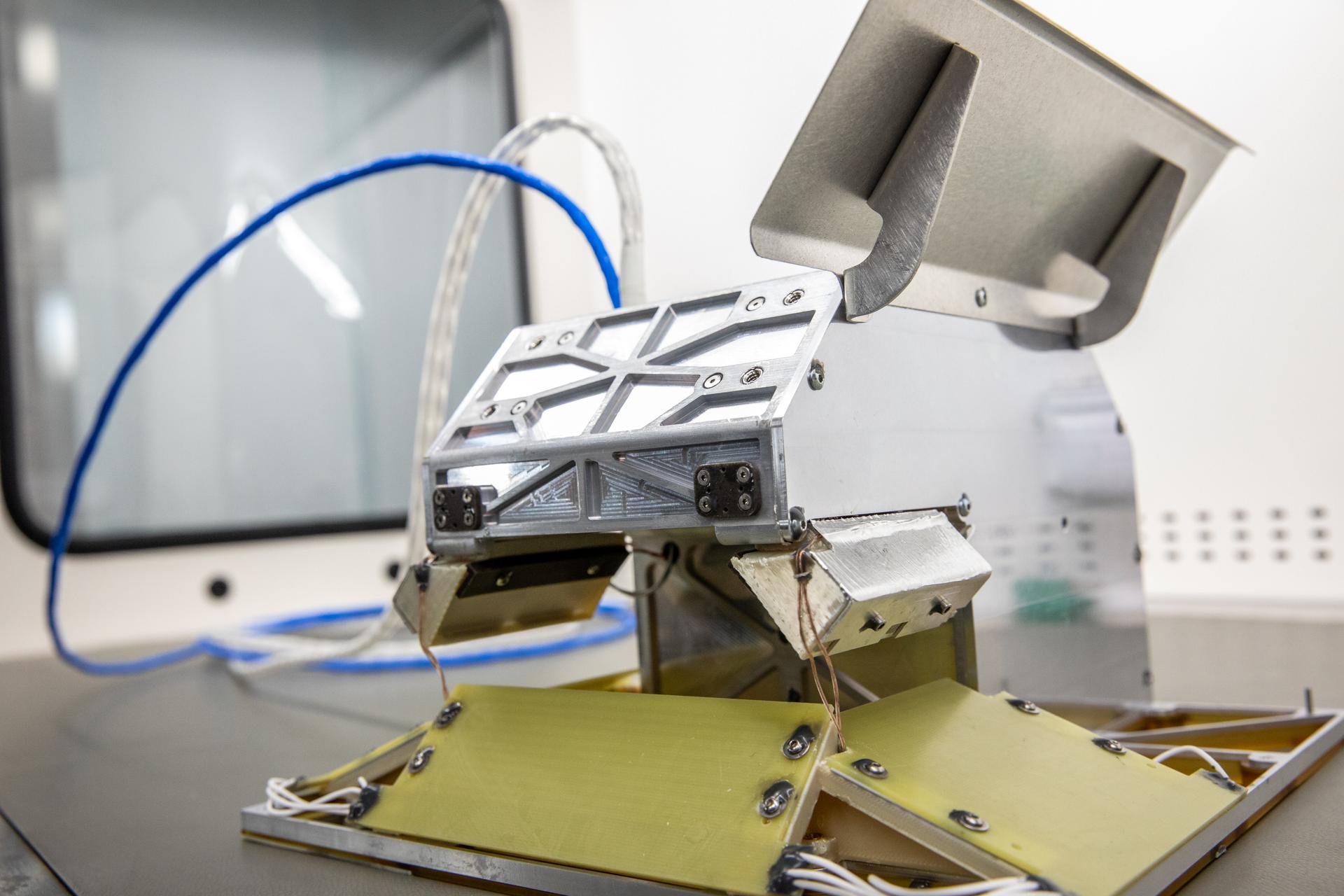
COVID’s lessons for climate, sustainability and more from Our World in Data
Hannah Ritchie is head of research at Our World in Data and a researcher at the Oxford Martin Programme on Global Development at the University of Oxford, UK.
You can also search for this author in PubMed Google Scholar
Imagine trying to tackle COVID-19 with no idea of where it was spreading or how quickly, the mortality risk or the efficacy of treatments and vaccines. That describes the first half of 2020. Countries published intermittent snapshots of the situation. The World Health Organization (WHO) published case numbers in PDFs.
Volunteers did most of the early work to supply informative data. Johns Hopkins University in Baltimore, Maryland, built the first dashboard to show global cases. The COVID Tracking Project — an initiative run by the publication The Atlantic — tracked data across the United States. The world relied on private media organizations — including The Economist, The New York Times and the Financial Times — to track outbreaks and metrics such as excess mortality.
Our small team at Our World in Data quickly pivoted from gathering long-term global-development data to building data-collection and visualization tools that we updated daily. Anyone could use these to track confirmed cases and deaths across countries and over time, and make comparisons adjusted for population size, density, demographics and income. Every day, these charts appeared in news stories. They were used by national leaders in briefings and interviews, and even by the WHO. We built a global testing database from scratch, bringing together figures from as many nations as possible: we could collect some data readily, such as those from the UK Office for National Statistics, whose data sets were built to allow automated data scraping, but for others we had to manually collect information from images that organizations posted to social media.


















